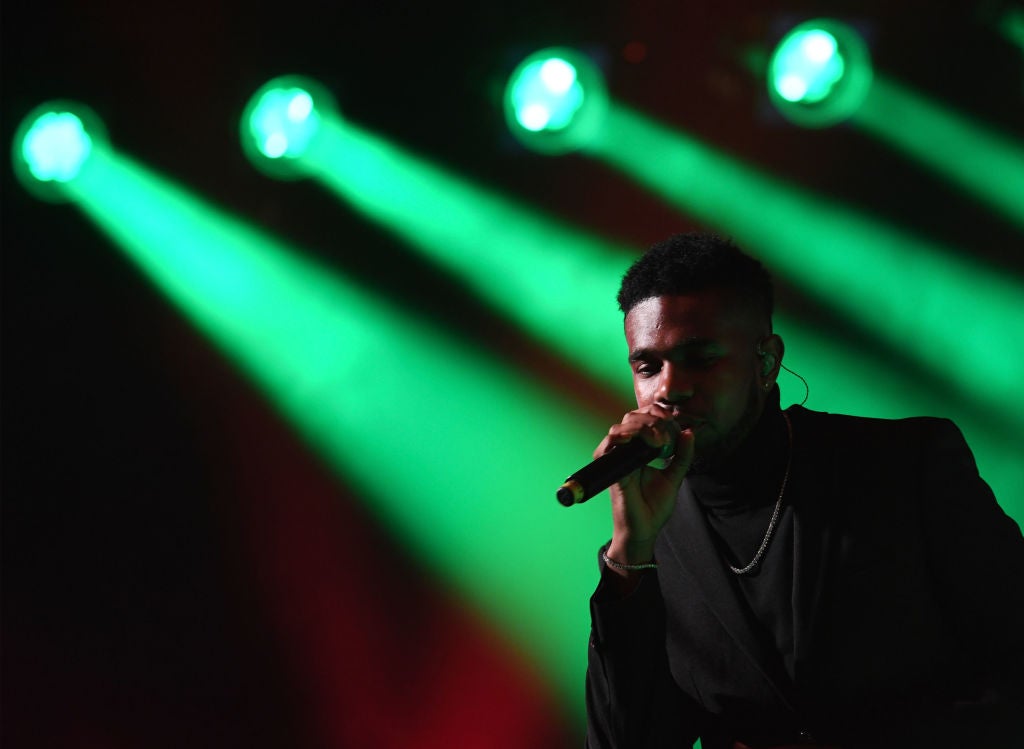Our creative industries must reflect modern Britain – YouTube has a crucial role to play
On YouTube, viewers can see creators of every colour, and people from every background – a crucial differentiating factor to traditional media, writes Ben McOwen Wilson


As an open platform with 500 hours of video uploaded every minute, YouTube often raises eyebrows from those who view it only as a place for lowbrow content. But this year’s challenges have brought to the forefront what we’ve long known to be true: YouTube brings people in the UK together and gives them the opportunity to learn and be entertained. Crucially, it provides a stage for diverse British talent to thrive and build creative businesses that would not have been possible before the internet.
The appeal of digital video streaming is clear: it’s on-demand, providing a rich and varied supply of content across every topic and area of entertainment, from gardening tutorials, brand new and vintage music videos, and stage performances from the National Theatre. According to Ofcom’s 2020 Media Report, during April’s lockdown, young British adults spent more time watching YouTube than live television from the main broadcasters, with 16-34 year-olds’ total viewing time averaging about an hour and half each day.
While changing viewing habits is important, there is more to the platform’s appeal. As managing director of YouTube UK, I believe that in order for the UK to remain at the forefront of global culture, our creative industries must reflect the voices and faces of modern Britain. On YouTube, viewers can find voices in every accent, creators of every colour, and people from every background on their screens.
This has become a crucial differentiating factor to traditional media, which has tighter talent funnels and opportunities. Just last month, research by Women in Journalism showed the small numbers of people of colour who produce the news. YouTube’s front page tells a very different story, with not only racial and ethnic diversity but geographic and class as well. In fact, recent research by Oxford Economics showed that 71 per cent of UK users believe that YouTube is home to diverse content, while 76 per cent of the British media and music companies surveyed who use YouTube believe that the platform encourages diverse creators of content.
Comedy and creative genius from our shores has long kept our beloved British TV and creative industries on the cutting edge of culture around the world. Today though, I still don't see the diverse and modern talent I see on YouTube everyday reflected in the mainstream. This disconnect likely deters many aspiring young creatives from entering into the British creative industries. YouTube’s accessibility offers opportunities for creators of all demographics across the UK by bypassing traditional media processes.
The diversity of this creator population means that more viewers can be served content that’s important to them, feeling both familiar and relevant to their daily lives. According to Oxford Economics, 83 per cent of the British media and music companies surveyed who use YouTube agreed that the platform shines a light on undiscovered talent, which can be seen in the likes of Joe Wicks, Patricia Bright, and musical artists such as Ramz, who found fame through channels like GRM Daily.
The platform provides both a low bar to entry, and also direct access to a global fanbase and revenue opportunities. So if you’re a Welsh market gardener from Carmarthen, an Arsenal fan from Islington, a beauty guru from Northampton, or a fitness trainer from Kent, you can reach viewers from every corner of the world and build a business on the platform.
We see that 84 per cent of the viewership for UK-created content is actually from beyond British borders. Oxford Economics also calculated that in 2019, YouTube's creative ecosystem supported 30,000 full-time equivalent jobs in the UK and that the total contribution of YouTube's creative ecosystem to the UK’s GDP was £1.4bn. With production incomes under threat for theatre, music and entertainment venues, YouTube’s opportunities to earn revenue through advertising, sponsorship and direct revenue streams makes the platform more than a temporary stopgap to fill the void of live experience but also also a key lifeline for helping British creatives survive and thrive.
2020 has been a year of challenges. Now more than ever, it’s a time to listen to one another, to look out, rather than in. For the creative industry, that means spending less time on catering to industry figureheads and longstanding tradition and spending more time listening to what talent needs to succeed and what viewers want to watch. If rising YouTube viewership and engagement can act as a barometer of the wants and needs of today’s UK viewer, we can surmise that they are looking for content they love, from people who feel familiar and they can relate to.
YouTube certainly has its fair share of problems that we will continue to address, from removing controversial content to fighting the spread of conspiracy theories. However, we do know that the breadth of diverse voices and content resonates with both the creators who make it and the people who love watching it.
There is a real opportunity to keep Britain at the global creative forefront. Let’s take it, lifting up the voices from across the UK who deserve an audience and give the depth and diversity to the industry that we so desperately need.



Join our commenting forum
Join thought-provoking conversations, follow other Independent readers and see their replies
Comments